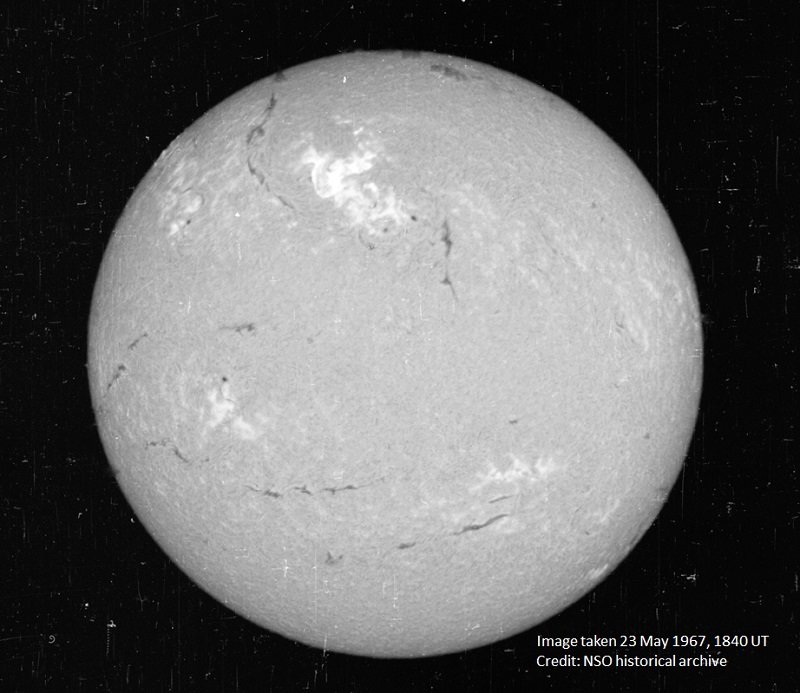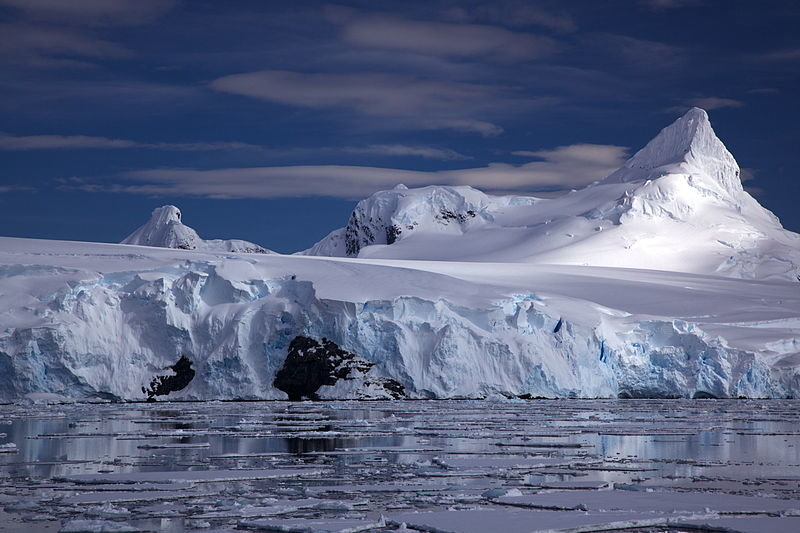OF THE
TIMES

WHEREAS, Secretary of State John F. Kerry has suggested that air conditioners are as big a threat as ISIS, andHopalong Ginsberg started this petition, and 2,500 people have spoken up already. To sign the petition go to Change.org...
WHEREAS, it is the duty of our elected and appointed government officials to lead by example,
THEREFORE, we call upon the U.S. Department of State to remove air conditioning from all property that the Department owns, rents, or otherwise employs, including but not limited to embassies, consulates, office buildings, etc., all vehicles owned and/or operated by the Department, and any other property, real or movable, owned, rented, or otherwise employed by the Department.

The Antarctic Peninsula is one of the fastest-warming places on Earth, NBC, 2013And this sort of news has been going on for years. This was "big deal" once-in-2000 year type stuff:
West Antarctic Ice Sheet warming twice earlier estimate, BBC, 2012
UK scientists say parts of Antarctica have recently been warming much faster than most of the rest of the Earth. They believe the warming is probably without parallel for nearly two thousand years. - BBC, 2001But the news in 2016 was a bit of a bomb, prone to being misinterpreted, so the PR Team was pre-armed with excuses, from the first line of the scientific abstract which pretty much says that the peninsula still was one of the fastest warming places on Earth (if you look at warming from 1950 and ignore the last 20 years the study is studying). Great opening line. The abstract also mentions that the Antarctic peninsula is only 1% of the Antarctic (though no one seems to mention that when it was melting).
Comment: Think it couldn't happen today? Think again! Out of any of the 'nuclear war' scenarios currently being thrown around, this reminder from 1967 may very well be repeated sans 'cooler heads prevailing'. This story provides a glimpse into the paranoid hubris of our leaders and touches on their blind reaction to a 'cosmic threat'. In today's atmosphere of US-driven rabid fear and paranoia towards Russia, how do you think our fearful leaders would respond when something wicked this way comes.